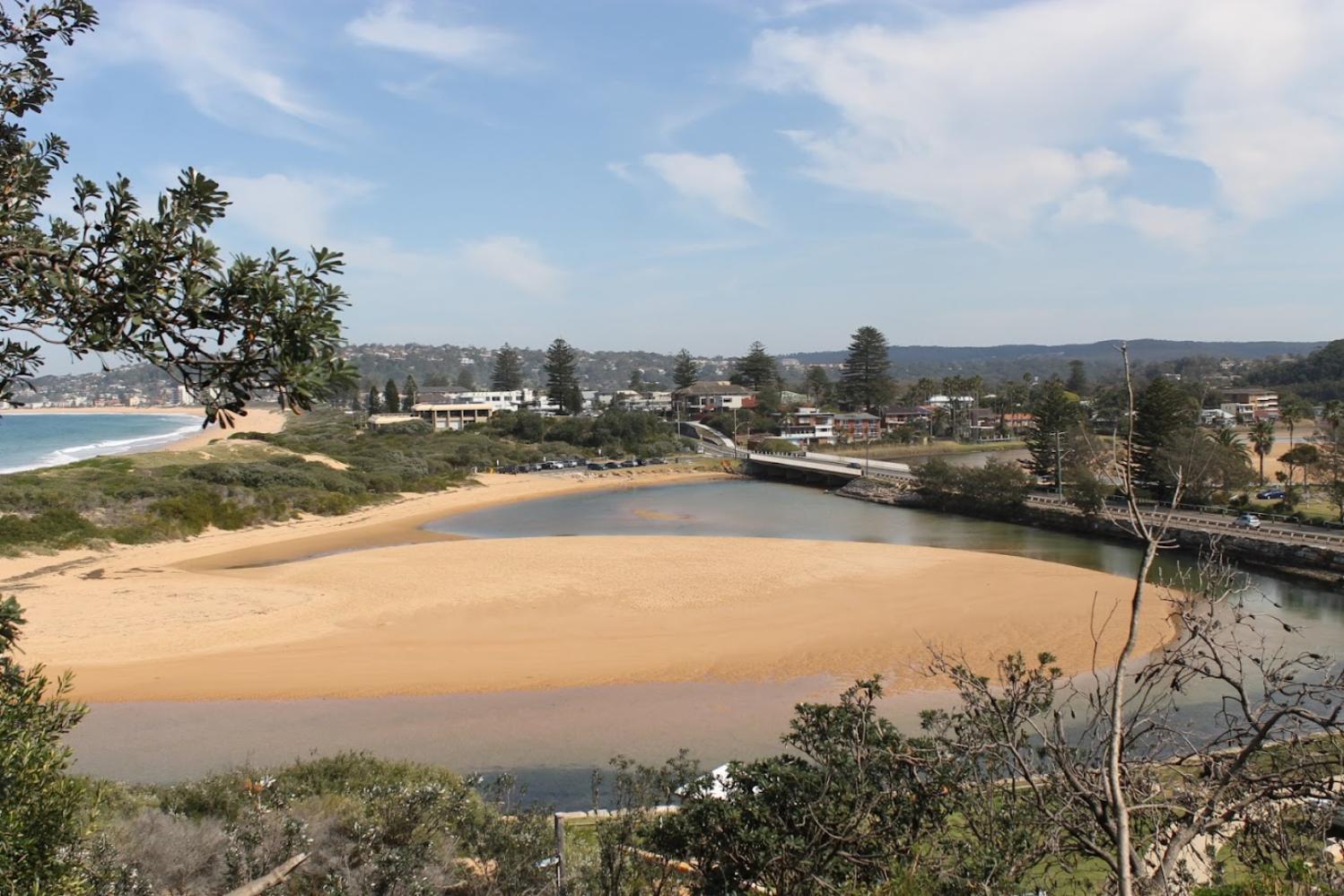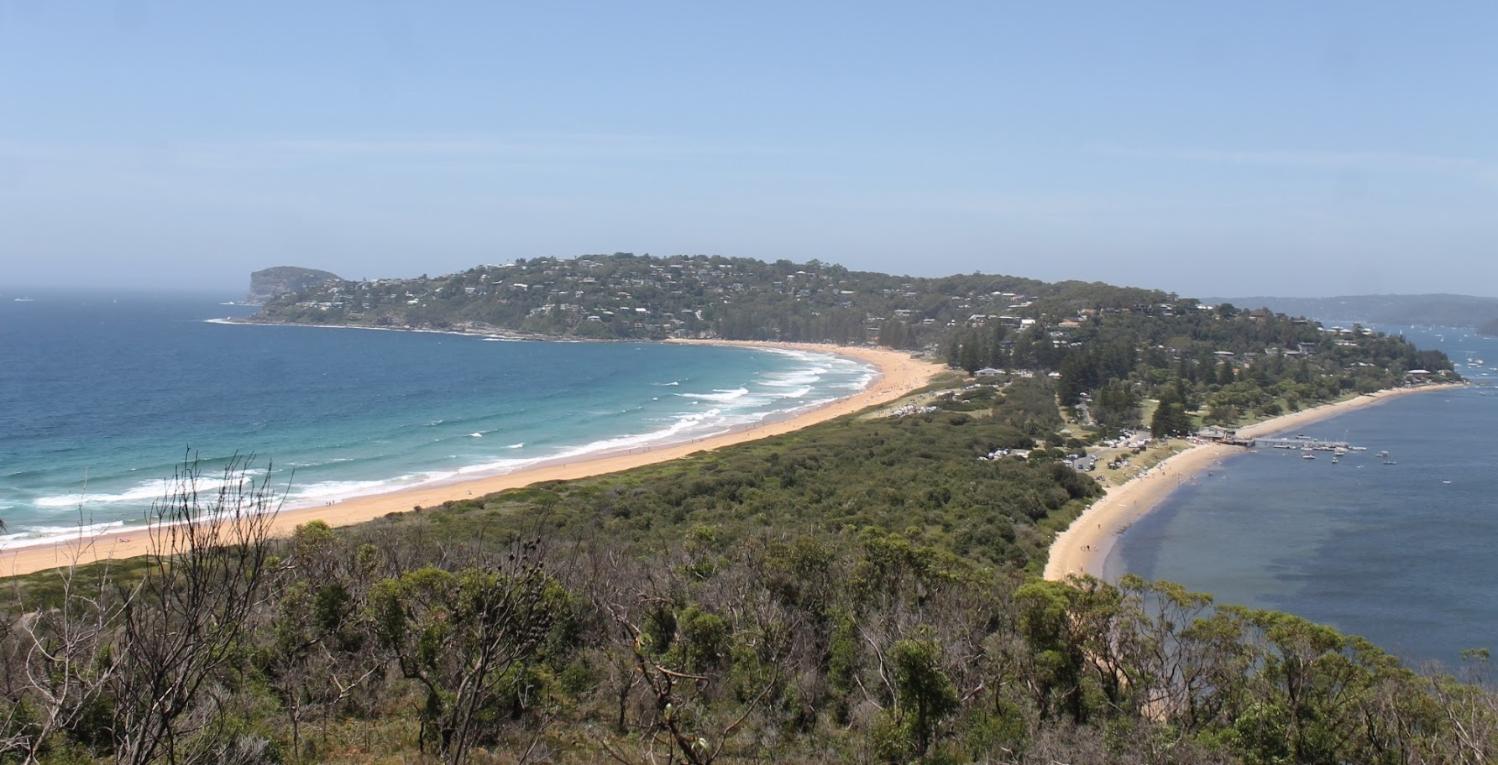2020-21 State of the Beaches report: birdwood park - bilarong reserve rated 'poor' for water quality

The NSW Government today released the 2020-21 State of the Beaches report on Sunday October 31st, 2021.
The State of the Beaches report provides an overview of the water quality at 210 swimming locations monitored under the Beachwatch and Beachwatch Partnership programs across New South Wales. The 2020-21 report found:
- 98% of the 118 ocean beaches were graded as 'Good' or 'Very Good'
- 77% of the 71 estuarine swimming sites were graded as 'Good' or 'Very Good'
- 24% of the 17 lake/lagoon swimming sites were graded as 'Good' or 'Very Good'
- All 4 ocean baths were graded as 'Good'.
Environment Minister Matt Kean said 179 of the 210 swimming sites in New South Wales were graded as Good or Very Good, indicating they were suitable for swimming most of the time.
"This is a good result given the wet weather conditions experienced in many coastal areas, including the wettest summer in New South Wales since 2012," Mr Kean said.
"As we head into the summer swimming season I encourage everyone to not only Slip, Slop and Slap and swim between the flags, but to be COVID Safe on our beaches this summer."
Water Minister Melinda Pavey said the report demonstrates the NSW Government's commitment to improving water quality for communities.
"Rainfall is the major driver of pollution in recreational waters as it generates stormwater runoff and triggers discharges from the wastewater system," Mrs Pavey said.
"That's why we encourage swimmers to jump online to the Beachwatch website before they jump in the water this swimming season to check the daily pollution forecast particularly after rainfall."
Sydney Water head of Wastewater and the Environment Ian Fairbairn said the results of this year's report are testament to the work that goes on behind the scenes at Sydney Water.
"This summer we'll roll out special hi tech sensors across the sewers within the catchments of the beaches," Mr Fairbairn said
"This technology will give us an early warning of any potential blockages and discharge to waterways and allow us to prevent them from occurring to keep our waterways clean. We're spending more than $200 million between now and 2024 to keep beaches and rivers right across Sydney swimmable."
.jpg?timestamp=1636185747641)
Recreational water quality has been monitored in the Sydney region since 1989 by the Department of Planning, Industry and Environment’s Beachwatch program.
Swimming sites in New South Wales are graded as Very Good, Good, Fair, Poor or Very Poor in accordance with the National Health and Medical Research Council’s 2008 Guidelines for Managing Risks in Recreational Waters.
These Beach Suitability Grades provide a long-term assessment of how suitable a beach is for swimming. The grades are determined from the most recent 100 water quality results (two to four years’ worth of data depending on the sampling frequency) and a risk assessment of potential pollution sources.
Water NSW reported several occurrences of marine algal blooms at Sydney beaches in 2020–2021. Algal blooms of the genus Trichodesmium were reported at Watsons Bay and North Head in Sydney Harbour in October 2020, and occurred at Jibbon Beach in Port Hacking in March 2021. Marine algae advisories were issued on the Beachwatch and Water NSW websites.
Contamination of recreational waters with faecal material from animal and human sources can pose significant health problems to beach users owing to the presence of pathogens (disease-causing microorganisms) in the faecal material. The most common groups of pathogens found in recreational waters are bacteria, protozoans and viruses.
Exposure to contaminated water can cause gastroenteritis, with symptoms including vomiting, diarrhoea, stomach-ache, nausea, headache and fever. Eye, ear, skin and upper respiratory tract infections can also be contracted when pathogens come into contact with small breaks and tears in the skin or ruptures of the delicate membranes in the ear or nose.
Certain groups of users may be more vulnerable to microbial infection than others. Children, the elderly, people with compromised immune systems, tourists, and people from culturally and linguistically diverse backgrounds are generally most at risk.
In our area those beaches nearest ocean sewerage ocean outfalls remain impacted, with most rating 'good' but not very good. The report states that thirty of the 32 swimming sites were graded as Very Good or Good in 2020–2021, which is a decline in performance on the previous year.
The two swimming sites in Narrabeen Lagoon, Birdwood Park and Bilarong Reserve, were graded as Poor in 2020–2021, a decline from Good grades in the previous year.
Water quality at these sites was mostly suitable for swimming during dry weather, with 85% and 77% of dry weather samples within the safe swimming limit for Birdwood Park and Bilarong Reserve, respectively. However, enterococci levels increased with increasing rainfall, and often exceeded the safe swimming limit after light rainfall.
Prior to this year’s Poor grade, Birdwood Park in Narrabeen Lagoon was graded as Good for several years. The amount of time the lagoon is open or closed influences water quality at Birdwood Park and Bilarong Reserve lagoon sites. During the assessment period, Narrabeen Lagoon has closed naturally and been mechanically opened by council on several occasions. While the entrance to the lagoon remains closed, water quality is likely to decline as pollution inputs are not as readily dissipated or flushed.
Bilarong Reserve in Narrabeen Lagoon declined to Poor from Good in 2019–2020. The microbial water quality at this site remains close to the threshold between Good and Poor, with the site fluctuating several times between the grades over the past several years. The swimming site retains pollution inputs because it is located away from the lagoon entrance and is not well flushed by clean ocean water. A significant source of faecal contamination is stormwater runoff to the lagoon.
Of our estuarine swimming sites and pools only two were rated 'very good' in this report - at Great Mackerel and The Basin.
Mona Vale Beach was upgraded to Very Good from Good in the previous year, due to improved microbial water quality. The microbial water quality is close to the threshold between Good and Very Good and has fluctuated between these grades over the past few years. Elevated bacterial levels were often recorded after heavy rainfall.
The best beaches were Palm Beach, Whale Beach, Avalon Beach, Bilgola Beach, Newport Beach, Bungan Beach, Mona Vale Beach, Dee Why Beach, South Curl Curl Beach, The Basin and Great Mackerel Beach. These sites had excellent water quality and were suitable for swimming almost all of the time.
Estuarine and lagoon swimming sites did not perform as well as ocean beaches due to lower levels of flushing which increase the time needed to disperse and dilute pollution inputs, taking longer to recover from stormwater events.
Barrenjoey Beach, Paradise Beach Baths, Clareville Beach, Taylors Point Baths, Bayview Baths, Elvina Bay, North Scotland Island and South Scotland Island were graded as Good. Water quality at these sites was suitable for swimming most of the time, with elevated levels of enterococci mostly recorded following rainfall.
Elvina Bay was downgraded to Good from Very Good in the previous year. The microbial water quality at this site is close to the threshold between Good and Very Good and has changed between these grades over recent years. While water quality is mostly suitable for swimming during dry weather and after light to moderate rainfall, elevated bacterial levels were regularly recorded following heavy rainfall.
While Bayview Baths and Barrenjoey Beach have continued to be graded as Good for the last four years, elevated enterococci levels were recorded during dry weather conditions.
For our area the 2020-2021 State of the Beaches report finds:
Barrenjoey Beach Estuarine - good
Paradise Beach Baths Estuarine - good
Clareville Beach Estuarine - good
Taylors Point Baths Estuarine - good
Bayview Baths Estuarine - good
Elvina Bay Estuarine - good
North Scotland Island Estuarine - good
South Scotland Island Estuarine - good
The Basin Estuarine - very good
Great Mackerel Beach Estuarine - very good
Palm Beach Ocean beach - very good
Whale Beach Ocean beach - very good
Avalon Beach Ocean beach - very good
Bilgola Beach Ocean beach - very good
Newport Beach Ocean beach - very good
Bungan Beach Ocean beach - very good
Mona Vale Beach Ocean beach - very good
Warriewood Beach Ocean beach - good
Turimetta Beach Ocean beach - good
North Narrabeen Beach Ocean beach - good
Narrabeen Lagoon (Birdwood Park) Lagoon - poor
Bilarong Reserve Lagoon - poor
Collaroy Beach Ocean beach - good
Long Reef Beach Ocean beach - good
Dee Why Beach Ocean beach - very good
North Curl Curl Beach Ocean beach - good
South Curl Curl Beach Ocean beach - good
Freshwater Beach Ocean beach - good
Queenscliff Beach Ocean beach - good
North Steyne Beach Ocean beach - good
South Steyne Beach Ocean beach - good
Shelly Beach Ocean beach - good
The full report is available at BeachWatch to download, visit: www.environment.nsw.gov.au/state-of-the-beaches
